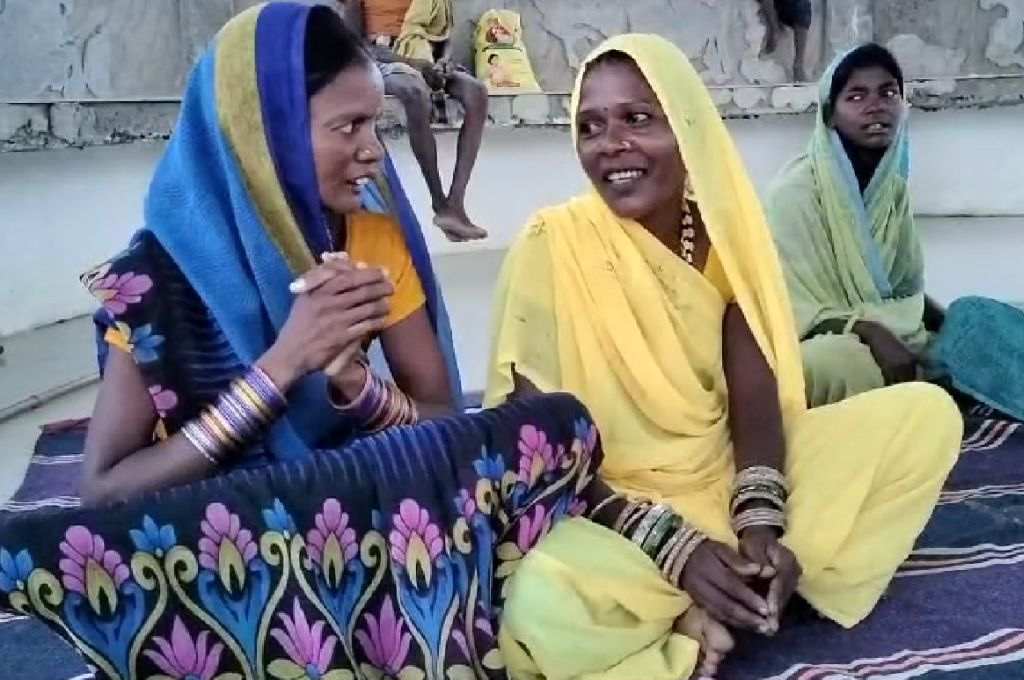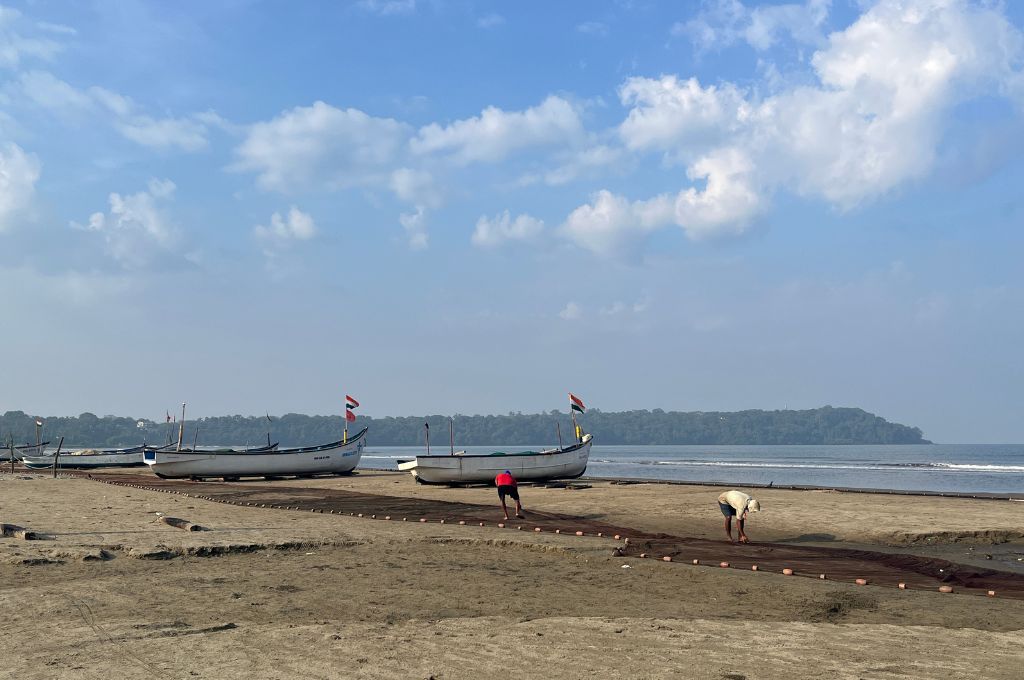READ THIS ARTICLE IN
Walking on thin ice: Ladakh can no longer play its favourite sport
Located at an elevation of more than 3,000 metres, Ladakh is an ideal place for the region’s favourite winter sport—ice hockey. Introduced to eastern Ladakh as a downtime game by Indian Army personnel approximately 50 years ago, the sport has gained popularity among locals.
People who have grown up in Ladakh have fond memories from their childhood, when playing ice hockey was a key part of their winter holiday routine. Today, there are more than 20 ice hockey teams—of both men and women—in Ladakh. In fact, 18 of the 20 members in the Indian women’s ice hockey team are from Ladakh. Every year, popular winter tournaments such as the Lieutenant Governor Cup and the Chief Executive Councillor Cup are hosted here, and teams from various parts of Ladakh participate. In February, the Ice Hockey National Championship 2023 was held in Ladakh as well.
However, climate change, which is causing glaciers to melt rapidly, looms as a huge threat over this popular sport. In the past, matches were usually held at the natural ice pond at Karzoo. The players also practised at such ponds. But rising temperatures have made this difficult.
Deskit, a hockey player and member of the Ladakh Women Ice Hockey Foundation, says, “I am among the first generation of women hockey players in Ladakh. I’ve been playing defence in the national team since 2016. Since we don’t have a proper artificial ice hockey rink, we are completely dependent on the frozen ponds. And now climate change has created a greater problem for us. When I first started playing, we would get at least two to four months to play in the winter, but now, even in this cold area, winter arrives late and finishes early and so we get only two months of play.”
Over the last few decades, scientists have recorded a retreat in both snowfall and glacial mass in Ladakh. A greater influx of tourists further complicates matters. “Throughout the year, we only get the winter season to practise and compete for international championships, unlike overseas teams that have year-round facilities. This really impacts our training and performance,” Deskit adds.
Deskit shares that they have been promised an artificial ice hockey rink in Ladakh. “If an artificial rink is not built and the impact of climate change continues at the current pace, we might lose this much-loved winter sport,” she laments.
For the past few years, matches are being held at the NDS Ice Hockey Rink in Leh; this rink was built due to the rising interest in this sport and its potential in mountainous terrains. But the infrastructural development of the ice rink is still incomplete. In order to sustain the sport, the demand to build artificial rinks has also gone up.
Deachen Spaldon is an independent journalist from Leh, Ladakh. The original story was published by Charkha Features.
—
Know more: Learn why three villages in Kashmir demanded a wrestling ground instead of a road.
Do more: Connect with the author at [email protected] to learn more about and support her work.



